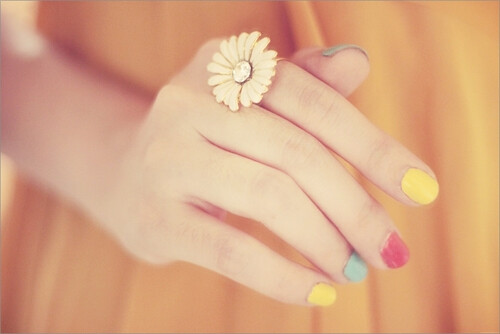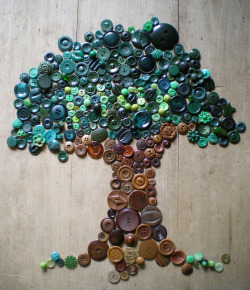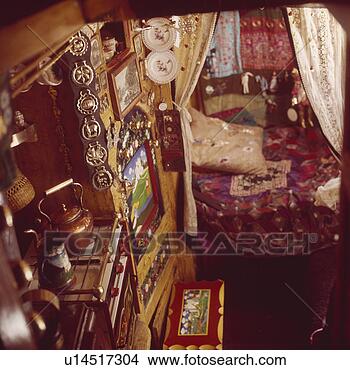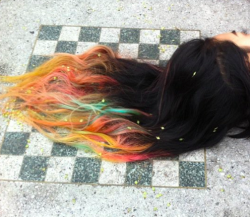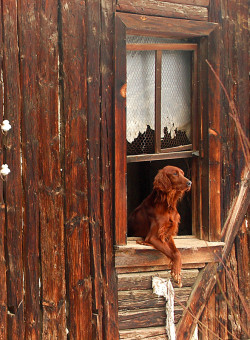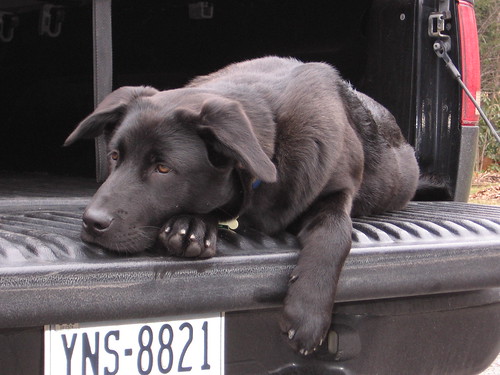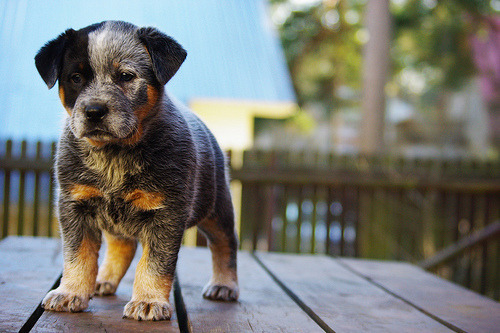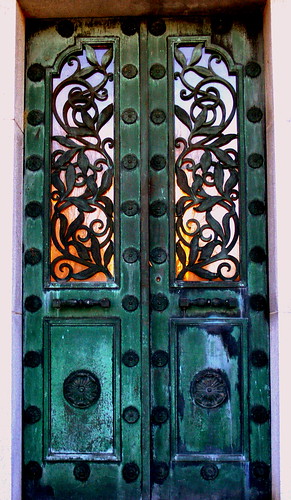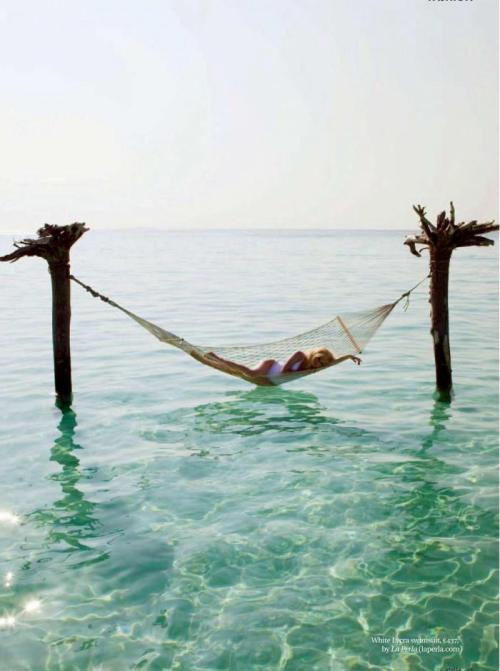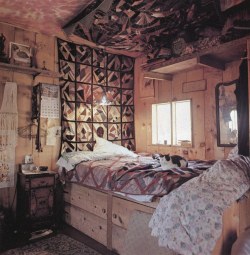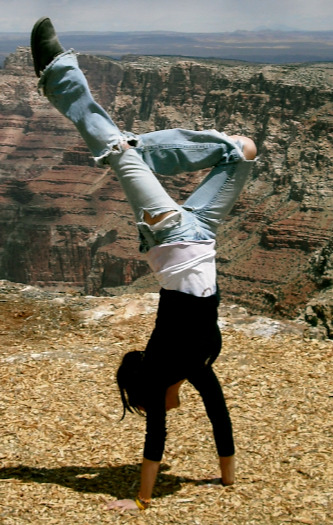Tuesday, June 28, 2011
make your own solid shampoo..
| Ingredients: (Follow the instructions for basic cold process soap)Weigh all ingredients. Makes approximately 2 lbs. 16 oz Coconut 76 Oil 16 oz Olive Oil 4 oz Wheat Germ Oil 4 oz Castor Oil 5.9 oz Lye (Sodium Hydroxide) 15 oz Distilled Water 2 oz Any Fragrance or Essential Oil (we used Peppermint Essential Oil)Mona says "It makes fab lather!" Allow this soap to cure 4-5 weeks, but can be used after 3 weeks. Equipment Needed: Scale that weighs in pounds and ounces Large one-gal. stainless steel or enamel pot (use this exclusively for soap-making) Two plastic pitchers, 2-3 qt. size Hand stick blender (optional, but makes tracing much easier) Plastic measuring cup 2-3 cup size Two wooden or plastic spoons (one for the lye and one for the oils. Use these exclusively for soap-making) Two kitchen thermometers (one for the lye and one for the oils - must read to over 100 degrees) Rubber gloves Safety goggles Clear plastic container with snap-on lid 8" x 11" x 3" deep, or wooden soap mold lined with freezer paper Large piece of cardboard the size of the wooden mold - used as a lid Old blanket Freezer paper or plastic garbage bags Remember: Be sure to allow for the weight of the containers. Lye (Sodium Hydroxide NaOH) All ingredients should be weighed. Begin by putting on your goggles and rubber gloves and weigh out 12 ozs. of lye into one of the plastic containers. Weigh out 32 oz of distilled water into the other container. Slowly and in a steady stream pour the lye into the water, stirring until dissolved. Do this in a well ventilated area and try not to splash. Let the lye/water mixture sit until the temperature reaches between 100-125 degrees (unless otherwise stated by the recipe you are using). This may take several hours, but if you're in a hurry you can place the container in a cold water bath to bring down the temperature quicker. In the meantime, get your oils ready by weighing out 24 oz. of coconut oil and 38 oz. of vegetable shortening and placing them into your pot. Heat them up just until they melt and then remove from heat and add the 24 ozs. of olive oil. Stir to incorporate and put one of the thermometers into the pot to check the temperature. The oils will also have to be between 100-125 degrees (unless otherwise stated by the recipe you are using). Both the lye/water mixture and the oils will have to be at the same temperature before incorporating them. Prepare your additives. Start with just 3-4 ozs. of essential oil or a combination of essential oils (blend). *Note- (some essential oil scents are stronger, so use less, some are lighter and you may add more depending on your preference). Also, measure 1/4 cup of any dried herbs or flowers (optional). Its best to start simple for your first batch. You can also add 1-3 tablespoons of pigment (optional) for coloring, pre-disperse in a little liquid glycerin. Line the mold container that you're using with a piece of freezer paper for easy release. If you are using our wooden soap mold, line it with freezer paper. How to line a soap mold. Check the temperature of the lye and oils. When they reach between 100-125°, its time to "make soap." Slowly pour the lye/water mixture into the oils, stirring continuously. You may continue to stir using a spoon or switch to the stick blender. Stir or blend in all the lye and you will begin to see the mixture thicken. Just as the mixture thickens to the point where you see tracks or "trace" in the soap, add essential oils and any dried ingredients or colorants. (For swirling color, remove about 2 cups of the mixture and add the colorant to the 2 cups. Then add that back into the mold and swirl). Continue to stir or blend until you see designs on the top of the soap (this is known as tracing and can happen in 10-20 minutes depending on the temperature of your mixture). Quickly add the mixture to the mold. Cover with the lid. *Note* if the soap mixture does not fill the mold to the top, place a piece of freezer paper on top of the soap and then put the lid or a piece of cardboard on the container. This will prevent soda ash. Wrap in blankets and place in an undisturbed area for 18 hrs. Remove the blankets and lid and leave the soap air in the mold for another few hrs. You should have a nice hard block of fresh soap which you can now remove from the mold. Let the block of soap sit for a day to firm up or slice into bars or chunks immediately. Then place bars in an open box or drying rack for 2 weeks or longer. Don't allow the bars to touch one another. The soap should be cured completely after 2 weeks, but the longer it cures, the milder and harder it will be. Tip: We offer many helpful books on the subject of cold-process soap-making. Good instruction and preparation is the key to being successful with your first batch. Good Luck, and happy soaping! |
Monday, June 27, 2011
Saturday, June 25, 2011
I know a little something about living an adventurous life. I’ve hot air ballooned Kathmandu, glacier trekked Patagonia, gone paragliding in the Andes, slept in a snow-shelter at the top of the Rocky Mountains, scuba-dived in the tropics, camel trekked the Sahara, rock-climbed in Thailand and been on an African safari. Oh, and I’ve been sky diving, cliff diving, rafting on Class V white water, and I was even swept over a waterfall once.
Huff, huff… You thought I was finished, didn’t you? 
I’ve also visited 20% of the world’s countries and circled the globe twice. I’ve explored ancient castles, palaces, temples, tombs, catacombs and labyrinths. I’ve stayed in 5 star hotels, caves and dessert caravan tents. I’ve seen the pyramids, Machu Picchu, the Amazon, the African savanna, the Himalayas, the Eiffel Tower, the Acropolis in Athens and the Taj Mahal.
And I have to tell you – it’s been extraordinary. It’s an absolutely amazing, brilliant, beautiful world out there filled with dazzling wonders that are readily available for you to experience. You don’t have to be rich. You don’t have to be exceptional. If you want to experience it all, you just have to make a decision, set some goals, and make it happen.
Here’s how:
Step 1: Discover Your Vista’s of Adventure
First get a clear vision of what the word ‘adventure’ means to you. Take 30 minutes, put on some inspiring music, get excited and write down everything that comes to mind when you think about an adventure. What movies inspire you? Indiana Jones? James Bond? The Bourne Series? What types of adventures appeal to you? Adventurous sports? Travel? The great outdoors? What specific activities sound like a heart-pounding blast? Bungee jumping? Exploring ancient ruins? Heli-skiing (skiing areas you can only get to by helicopter)?
Step 2: Choose 5 Specific Adventure Goals
Life is short! Now is the time to get real. Now is the moment to make a commitment to experience the life adventures you want to experience before you die. Choose 5 adventure goals from your brainstorm that you’re most excited about. Pick one that you will do within 3 months, one that you will do by the end of the year, one within 2 years, one within 3 years and one within 5 years. The first 3-month goal should be exciting, but reasonable, so it’s actually possible to achieve in a short time frame. This one is very important because it will help you build momentum and faith in yourself.
Also, be firm and DECIDE that you WILL give yourself the gift of an adventurous life. Spend an additional 5 minutes writing out why this is important to you, and then write a formal commitment to yourself and hang it where you’ll see it every day.
Step 3: Learn How to Take the First Step
Now take your first 3-month goal and figure out what you need to do to make it a reality. One of the most common reasons people don’t make their life more exciting and adventurous is that they don’t know how to start. But that’s okay – you can learn. Search the Internet, the library, or talk to people who’ve done what you’re planning to do. Ask questions. Make calls. Figure out what steps you need to take. There are companies that arrange everything from local rock-climbing and white-water rafting trips to round-the-world, multi-month adventures. Also, read “25 Ways to Learn How to Do Absolutely Anything” for more ideas.
Step 4: Create a Plan for Your First Adventure
Once you understand the initial steps that are required to embark on your first adventure goal, create a clear plan. Make a detailed list of what actions you need to take and set a date for completing each action so that you’ll be off experiencing this first adventure in exactly 3 months from today.
Step 5: Jump into Action Immediately
If you’re like most people, you’ve probably just read the previous 4 steps without actually doing anything. And guess what? You’re in danger of finishing this article without ever taking action. Here’s how to make sure that doesn’t happen:
- Take action immediately! Yes, right now! Start brainstorming your adventure goals.
- Pick your top 5 goals. And then do one more step…
- Figure out what the logical first step is towards your first adventure goal.
Additional Tips on Living an Adventurous Life
- Overcoming your fears is half the fun of adventuring. The adrenalin rush can be exhilarating! And when it passes, and you realize you’re still standing, you feel a great sense of accomplishment. Remember most fears are not real. Fear could stand for: “False Experiences Appearing Real.” Fear is also a great way to get people’s attention and motivate them to do things; so the media, politicians, companies and many other organizations spend a lot of time and money trying to make the world seem like a scary place. It’s not. Even for people living adventurous lives, disaster rarely strikes. That’s why when it does strike it makes the evening news… because it’s rare. Ultimately the secret to fear is: Feel the fear and do it anyway.
- Whenever you have a choice of activities to do, pick the one that will make for a better story.
- Don’t have the time? Instead of going to see an action movie, take action in your own life. Instead of sitting in front of the TV, sit on a ski lift. Instead of sleeping in your bed, sleep on a bus on the way to the Grand Canyon. Instead of going out to the park, go out rock climbing. Instead of vacationing at Disneyland, vacation in Thailand.
- Don’t have the money? International travel is much cheaper than it seems. Just give up a few luxuries and don’t try to keep living exactly the same way you do at home. You will keep costs down and have a much more profound experience if you eat what the locals eat, sleep like the locals sleep and travel like the locals travel. Visit countries that are more affordable than your home country. As for adventure sports, most of them are filled with specialized, expensive gear that you don’t need. You need SOME to be safe, but don’t be fooled into a thousand dollar shopping spree for a weekend camping trip. Rent, borrow or go without. Yes you can!
- For additional advice on doing the impossible, I recommend reading (or rereading) Marc and Angel’s excellent post “How to Walk on Water.”
- And one last tip from someone who’s been there: As your life unfolds with new excitement, experiences and adventure, you must, must, must keep a journal of your experiences. Also, take thousands of pictures and lock those precious moments into your memory forever. Someday, when you’re sitting with your children or grandchildren, you’ll be so happy you did.
Friday, June 24, 2011
internet dongle...
Internet connection on a Narrow Boat
After reading Dots blog on Gypsy Rover yesterday I thought that I should share my internet connection solution, for those that may be interested that is.
A narrow boat is a large metal box which is a very good screen to radio waves, and as anyone knows who has a computer and goes on the internet on the boat it can be a right pain trying to get decent connection. The usual method for connecting to the internet is to use a USB dongle which can often be seen hanging in the window or in some cases on the roof in a plastic bottle. The problem with this type of setup is that you have to have the computer near the dongle, ok you can get longer USB cables, but you still have the computer tied to the dongle via its umbilical USB cable. So the computer location is determined by the dongle position and the dongle position is determined by the strength of the signal. Not a very satisfactory situation compounded by needing to connect more than one computer to the network, some could say that this is an extravagance but hey you would think nothing of doing this at home in a house.
So I have a two part solution to this problem.
1) A Wifi box which frees the USB connection
2) An external antenna which improves signal strength
First of all I must stress that I am no expert on computer systems and that there are more than likely loads of you out there with more knowledge and computer experience, having said that I also know that there are those that would like help in freeing their computer on board a narrow boat.
The first requirement is to obtain what is known as a ‘3g Router and Access Point’. This is a module into which you plug your USB dongle to provide internet access and it also includes a standard (802.11b/g) WiFi access point and means that you can connect any WiFi compatible equipment to it. We have two computers, a music player and a mobile phone connected to ours.
The one we have is ‘Edimax 3G-6200N nLite WiFi 3G Broadband Router’ which you can get from Amazon for £42.57 they do others at a range of prices but I cannot comment on the why’s and wherefores of choosing one rather than another, oh except for cost.
We also had a Solwise 3.5G router 3GWIFIMRW which you can also get from Amazon for £44.99 or direct from Solwise, this is a handy little device, but we had a problem connecting our Music player to the LAN port for internet connection which I was not able to resolve.
The setup for both these units was very straight forward, unless of course you read the instruction manual which in the case of the Solwise module is 255 pages in pdf format.
Seriously they were easy to setup, of course only after you find out what has to be done.
For 3G connectivity you need to enter the APN which simply stands for Access Point Name and there is nothing else to do. In the case of our provide Orange it was orangeinternet, what could be simpler? When I did this the first time it took me 2 hours to sort out that this was all that was required. So before you start you need to find your providers APN. When we received the Edimax I had it set up completely in less than 5 minutes.
The WiFi connection was just as simple but again only when you find out what has to be done, which is to turn on and set the security password.
I know that I may have grossly simplified things and that it may be different from computer to computer and that it is important to have the correct settings on the computer for example the PC LAN should be configured to obtain an IP address automatically…. Help, too much information.
I will leave it there and do the external antenna connection tomorrow. If there is an interest I will combine these things into a guide with a bit more specific detail and hardware configuration.
Wednesday, June 22, 2011
Tuesday, June 21, 2011
Subscribe to:
Posts (Atom)




